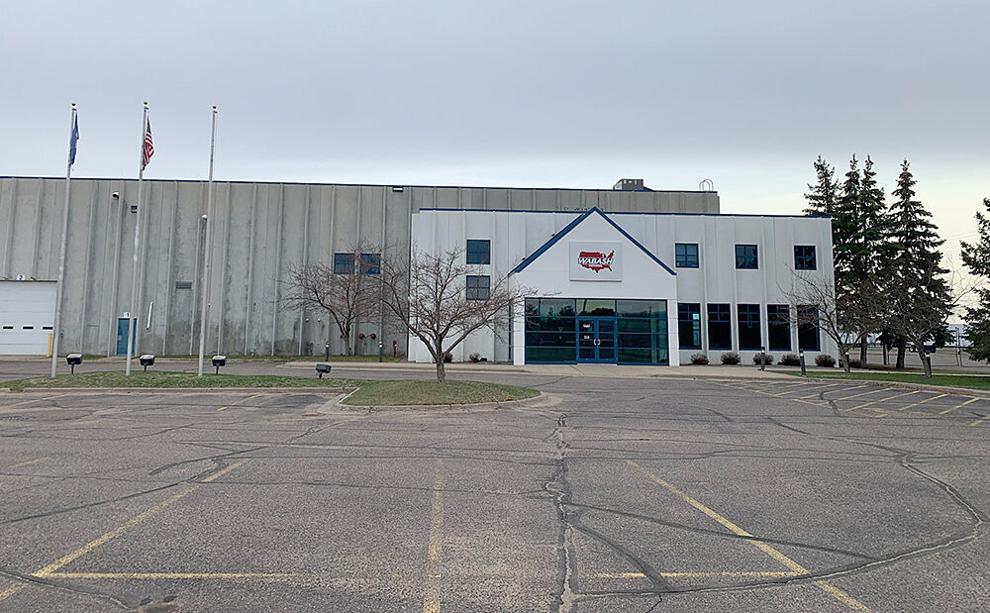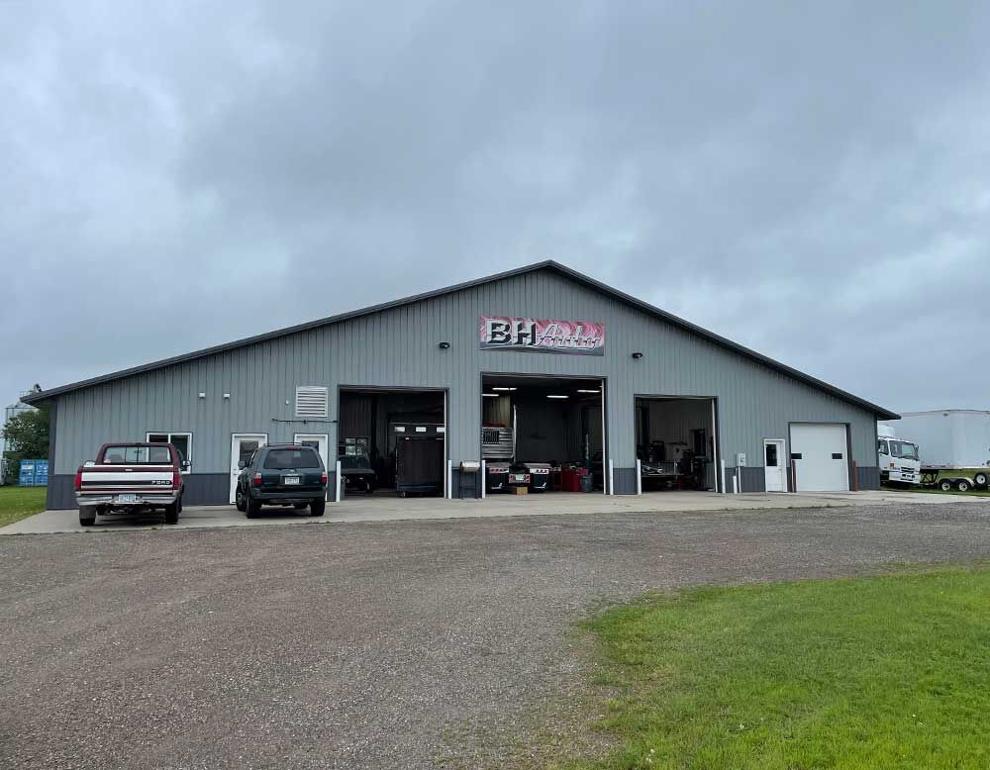After 25 years, Fallsnet 'not going anywhere'
14 Jan 2023
Awards and Recognition, Company Profile, News, Economic Development
Fallsnet has seen a lot of changes in its nearly 25 years of being in business.
Now, the Little Falls internet service provider (ISP) and computer sales and repair shop is preparing to roll out the latest and greatest of what wireless broadband has to offer.
“We’ve been around a long time, so we’re not going anywhere,” said Fallsnet co-owner Joel Larson.
Fallsnet was the first ISP in Little Falls. Prior to the its founding, Larson said anyone who wanted to get onto the internet had to dial long distance, to places such as AOL in St. Cloud. At that time, he estimated they had about 1,000 phone lines coming into the building next to where the business currently operates, 58 Broadway E., serving about 3,500 customers.
Not long after, another opportunity presented itself. They previously had not considered doing computer sales and repair, but it soon became a situation where necessity was the mother of invention.
“Our dial-up people, all of a sudden, ‘Our computer’s not working. Put my account on hold,’” Larson said. “I said, ‘No, bring it, we’ll fix it. Thirty bucks.’ Here we’re making money off them with the internet, so we didn’t gouge to fix their stuff.”
As technology began to change and dial-up was replaced by wireless, Fallsnet was in need of a transition. Early on, it was difficult. Larson said the technology wasn’t there yet. As an example, he said the first wireless equipment they put in the field — which came from a Canadian company — had cold weather issues; not ideal for servicing central Minnesota.
He said they backed off a bit, but it was only temporary. About 15 years ago, new equipment made providing wireless service to Morrison County a more feasible proposition. That started a wave that has continued into 2023, in which Fallsnet is able to continually upgrade and provide higher speeds to customers throughout the county.
“Now, all of a sudden, the technology’s getting better and better,” Larson said. “Now is the time when we want to start getting back into town here, because this is something that can really start to penetrate and we can reach out further and do a better job with it.”
The newest service is simply called, “Wireless Broadband.” Fallsnet is in the midst of rolling it out now, with a mission to eventually get radios back on the water tower on the east side of Little Falls, near the fairgrounds.
“Now, this stuff, it’s almost like magic, but it’s expensive,” Larson said. “It’s very expensive.”
However, having built up a loyal customer base, Fallsnet is focused on retention. As such, it is continuing in that early vision of keeping prices low.
Despite the high price of installing the new technology, Larson said they’re rolling out the new wireless broadband service for $75 per month, which includes a Deco router.
“It’s up to 600 megabytes (mb) per second,” said Co-Owner and Network Administrator Kenten Gangestad. “It’s really fast.”
That compares to the TerraWave service currently offered in Little Falls, which reaches speeds of about 60mb.
Gangestad said, eventually, they hope to expand the wireless broadband service to customers outside of town. He said high speeds — about 400mb — will still be accessible about eight to 10 miles from the tower. Right now, the signals can sometimes reach that far if there is a “clear shot,” with no obstructions, but those speeds top out at about 50mb.
“Lots of people have called in and asked about it for a long time already,” Larson said. “We haven’t pushed the envelope yet because, when we do, we need to be prepared to do something.”
Gangestad said the wireless broadband should not be confused with fiber.
Fallsnet’s backhauls — the side of the network that communicates with the internet — are fiber, but service is delivered to the end user via wireless.
He said the biggest advantage is that the speeds are “almost as good as fiber, but the prices are considerably lower.” Larson added that infrastructure costs alone are about 1/20th that of a fiber network. The time to roll it out is also much shorter, as it can be done within a couple of months with wireless compared to a year or more for most fiber.
More Topics







